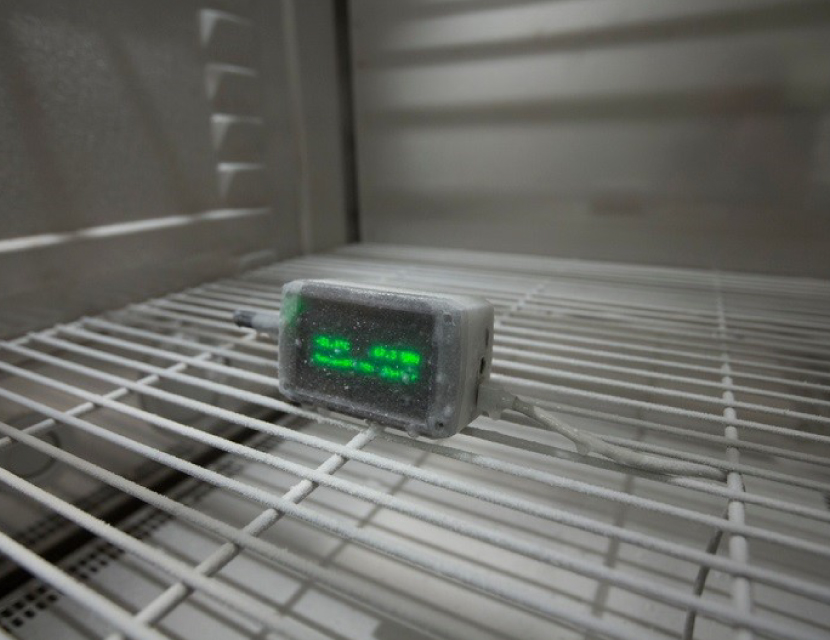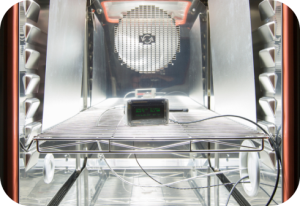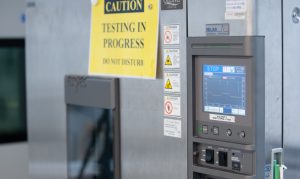
Climatic Testing
Ensure low field failure rates and high consumer satisfaction

WHAT IS CLIMATIC
TESTING?
Climatic testing of electronics refers to the process of subjecting electronic devices, components, or systems to controlled environmental conditions to evaluate their performance and reliability in different climatic conditions. This type of testing helps to assess the ability of electronics to withstand various temperatures, humidity, and other environmental factors that they may encounter during storage, transportation, or operation.


WHY IS CLIMATIC
TESTING IMPORTANT?
Climatic testing allows manufacturers to identify potential weaknesses or vulnerabilities in their products and make necessary improvements to ensure optimal performance and durability in real-world conditions.
CLIMATIC TESTING TYPES and FACILITIES AND CAPABILITIES
Weather Simulation
In our advanced climatic test facilities, we are able to simulate various weather conditions such as temperature, humidity, sunlight, salt mist, and combined exposures. These weather conditions can be accelerated to show the long-term effects on your electronics, thereby giving important information about its expected lifetime.
Solar and UV radiation
The irradiation from the sun can be hard on materials reaching temperatures of up to +80 °C or more. Our solar chamber simulates the sun at ground level on earth, ranging from 800 to 1200 W/m2. Exposure to UV light gives a very high acceleration factor for the degradation of materials exposed to the sun. We can also apply condensation or water spray exposure for initial UV screening.
Salt Mist
Salt mist occurs offshore and in coastal regions but sources of salt can also be sweat or the salting of roads. The presence of salt can have fatal consequences for electronic equipment and lead to the corrosion of contact points and migration of tin or copper. Both metallic and nonmetallic materials can degrade and corrode in saline environments.
Thermal shock
In aerospace, industrial, or other extreme environments, devices or materials can experience sudden extreme temperature transitions at rates of tens of degrees per minute. These sudden temperature changes can result in extreme dimensional changes and internal stress levels which can lead to failures, e.g. cracks, delamination, or deformation. Our temperature shock chamber is a so-called elevator chamber with two separate temperature chambers connected by a sample lift. The temperature range is –80 °C to +220 °C, with a very short time transition time.

Temperature and humidity
High humidity levels can have fatal consequences for materials and condensation inside electronics can occur during cyclic temperature exposures. Our multiple climatic test chambers can provide temperatures ranging from –70 °C to +180 °C, with controlled humidity from 10% to 98% RH. Temperature and humidity profiles can be programmed and monitored in order to simulate a wide range of natural and artificial weather phenomena.
Vibration, temperature, and humidity testing combined
Test conditions can include severe combinations of vibration, temperature and humidity. These conditions are likely to be encountered by electronics on ships or in connection with freight transport. We can combine vibration with a force up to 26 kN, temperatures from –70 °C to +180 °C, with rates of change up
to 11 K/min, and humidity from 10% to 98% RH.